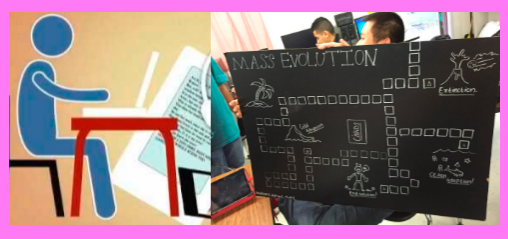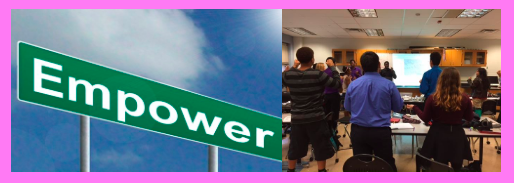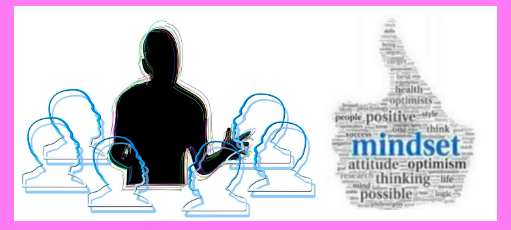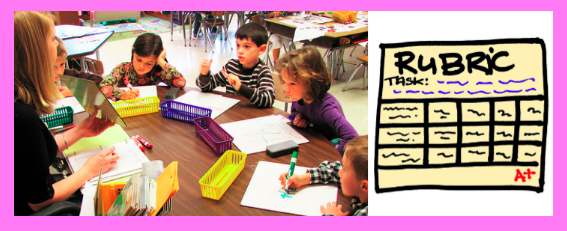


1 – Consider Photo Albums versus Snapshots: Use multiple pieces of evidence to assess students’ progress towards curricular goals. General strategies include:
- Use multiple assessments including:
- select response format,
- short answer,
- performance assessments (extended written products, visual products, oral performances, demonstrations),
- long-term authentic projects,
- portfolios,
- reflective journals,
- learning logs,
- informal observations enhanced by checklists of key look-fors,
- self-assessments,
- peer reviews
- Observe the maxim: students are ignorant until proven otherwise
2 – Match the Measures with the Goals: Use different types of assessments to address 3 different types of curricular goals:
- Declarative knowledge (what students know and understand)
- Use traditional assessments (multiple choice, fill in the blank)
- Procedural knowledge (skills)
- Use performance assessments for procedural knowledge
- Dispositions (habits and attitudes of mind).
- Use evidence gathered over time to assess dispositions
- Of the 6 Facets of Understanding the most important are:
- Explain – put things in own words, justify, show work
- Apply – use what’s known in new situations
|
Inauthentic assessments:
|
Authentic assessments:
|
GRASPS:
|
3 – Form Follows Function: way assessments are used should match goals for gathering assessment data. Different purposes and strategies include:
- Summative: aimed to evaluate understanding over a long period of time
- given toward end of unit
- summative test, performance tasks, culminating projects
- Diagnostic: pre-assess student misconceptions and skills related to upcoming learning goals
- given at start of unit
- quiz, knowledge survey, interest learning preference checks, checks for misconceptions
- Formative: refine instruction to bridge the gap between student needs and learning goals
- given throughout the unit
- quizzes, oral questions, observations, think-alouds, concept maps, portfolio reviews, rubric check-ins, draft reviews, rehearsals

Due to measurement error, single assessment snapshots tend to be unreliable. Visualizing evidence of understanding helps keep lessons aligned to learning goals. Using multiple assessments favors students with varied learning profiles. Select response formats favor students with good recall, not necessarily good understanding. Teachers need good data to develop adaptive lessons that meet student needs. Recognizing and using multiple purposes for assessment can help one interpret the data effectively and use lessons learned to develop better learning tasks.

Preparation Steps
- Analyze standards in order to determine what types of knowledge (declarative, procedural, disposition) are needed to be successful
- Research, select, and create assessment tools strategies that match the types of knowledge that tie with upcoming learning goals
- Research and develop pre-assessment tools that can determine students’ levels of related skills, student misconceptions, and student interests
- Gather and interpret pre-assessment data. Use interpretations to refine upcoming learning activities.
- Use GRASPS principles to design authentic assessment opporunities
Early Implementation Steps
- Implement formative assessments throughout the project and use their interpretation to fine-tune instruction
- Prepare students throughout the project for upcoming summative assessments at end of the project
- Use combination of inauthentic and authentic assessment practices to assess learning at early and more advanced stages
- Use multiple assessment types to check if students are progressing towards learning goals
Advanced Implementation Steps
- Develop practices and routines that engage students in effective self- and peer- assessment
- Develop systems for gathering and tracking assessment learning data over time







